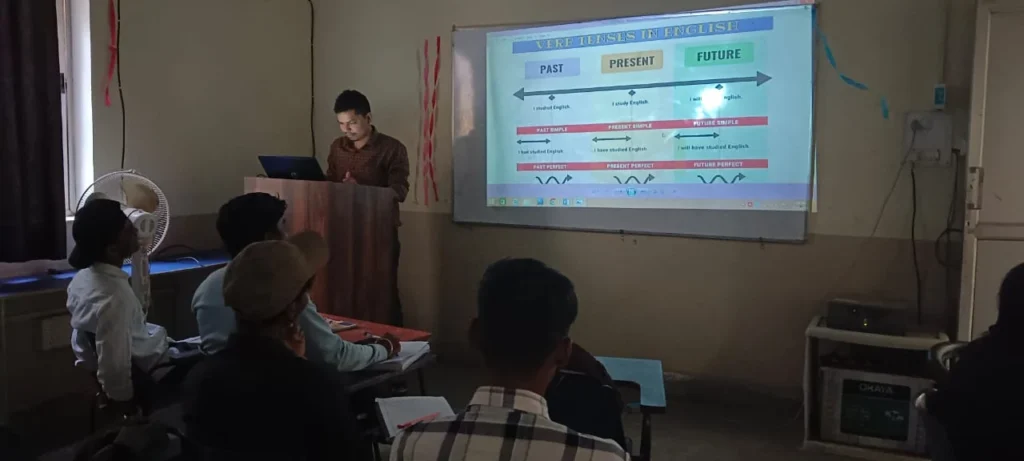AI and ML Career Growth Opportunities in 2025
Introduction Artificial Intelligence (AI) and Machine Learning (ML) are no longer futuristic technologies — they are the foundation of today’s digital world. From self-driving cars to personalized recommendations on Netflix, AI and ML are transforming how we live, work, and communicate. As we move into 2025, the demand for professionals skilled in AI and ML is reaching new heights. If you’re in Ranchi and want to start or boost your career in this exciting field, Emancipation Edutech Pvt. Ltd., Ranchi Lalpur, offers the perfect platform to learn, practice, and grow. Let’s explore why AI and ML careers are booming and what opportunities await you in 2025. The Rise of AI and ML in 2025 According to global tech reports, the AI industry is projected to surpass $500 billion by 2025. Every sector — from healthcare to finance — is investing heavily in automation, data analysis, and intelligent systems. Companies need skilled professionals who can develop AI models, train ML algorithms, and implement smart business solutions. In India, cities like Ranchi are becoming emerging tech hubs where educational institutions and startups are focusing on AI-driven solutions. This growing adoption has created tremendous career opportunities for trained AI and ML professionals. Top Career Opportunities in AI and ML (2025) 1. Machine Learning Engineer Machine Learning Engineers are the backbone of AI systems. They design, build, and deploy algorithms that enable machines to learn from data. Skills required include Python, TensorFlow, Keras, and data modeling.At Emancipation Edutech Pvt. Ltd., Ranchi Lalpur, you’ll gain hands-on experience with real-world ML projects that prepare you for such roles. 2. Data Scientist Data Scientists analyze large datasets to uncover insights and trends. They use ML models to make predictions and support decision-making. With knowledge of Python, Power BI, and SQL, Data Scientists remain among the highest-paid professionals in the tech industry. 3. AI Research Scientist AI Research Scientists work on cutting-edge innovations like deep learning, computer vision, and natural language processing. Their work shapes the future of automation, robotics, and intelligent systems. 4. Business Intelligence (BI) Analyst BI Analysts use data visualization tools like Power BI and Tableau to help companies make informed decisions. With the integration of AI, BI analysts are now using predictive analytics to guide business growth strategies. 5. Robotics Engineer AI and robotics go hand-in-hand. Robotics Engineers design intelligent machines for industrial automation, healthcare, and defense. This field will see massive growth by 2025, as industries shift towards smart manufacturing. 6. AI Product Manager As companies develop AI-based products, they need managers who understand both the technology and the business side. AI Product Managers coordinate between technical teams and business executives, making this one of the most dynamic roles in AI today. 7. NLP Engineer and Chatbot Developer With the explosion of chatbots and voice assistants, Natural Language Processing (NLP) Engineers are in high demand. They create systems that understand and process human language, improving customer experience across industries. Skills You Need to Succeed in AI and ML To make the most of these opportunities in 2025, mastering key AI and ML skills is essential. Recruiters look for professionals who can work on: At Emancipation Edutech Pvt. Ltd., Ranchi Lalpur, all these skills are taught through practical, industry-focused training programs designed to make you job-ready. Why Choose Emancipation Edutech Pvt. Ltd., Ranchi Lalpur When it comes to AI and ML training in Ranchi, Emancipation Edutech Pvt. Ltd. stands out as a top-rated institute known for its hands-on learning approach and strong placement support. Here’s what makes it the best place to begin your AI/ML journey: Whether you’re a student, fresher, or working professional, Emancipation Edutech equips you with the skills needed to succeed in the competitive AI and ML job market. AI and ML Salary Trends in 2025 With the rapid adoption of AI technologies, salaries for skilled professionals are seeing impressive growth. Freshers trained in AI and ML at institutes like Emancipation Edutech Ranchi Lalpur often start with strong placements and quickly advance as they gain project experience. Conclusion The year 2025 promises to be a golden era for Artificial Intelligence and Machine Learning professionals. With the right skills and proper guidance, you can build a high-growth, future-proof career in one of the most transformative fields of our time. If you’re serious about learning AI and ML from experts and launching a successful tech career, join Emancipation Edutech Pvt. Ltd., Ranchi Lalpur — where innovation meets education. Empower your future, upgrade your skills, and step confidently into the world of AI and Machine Learning.










